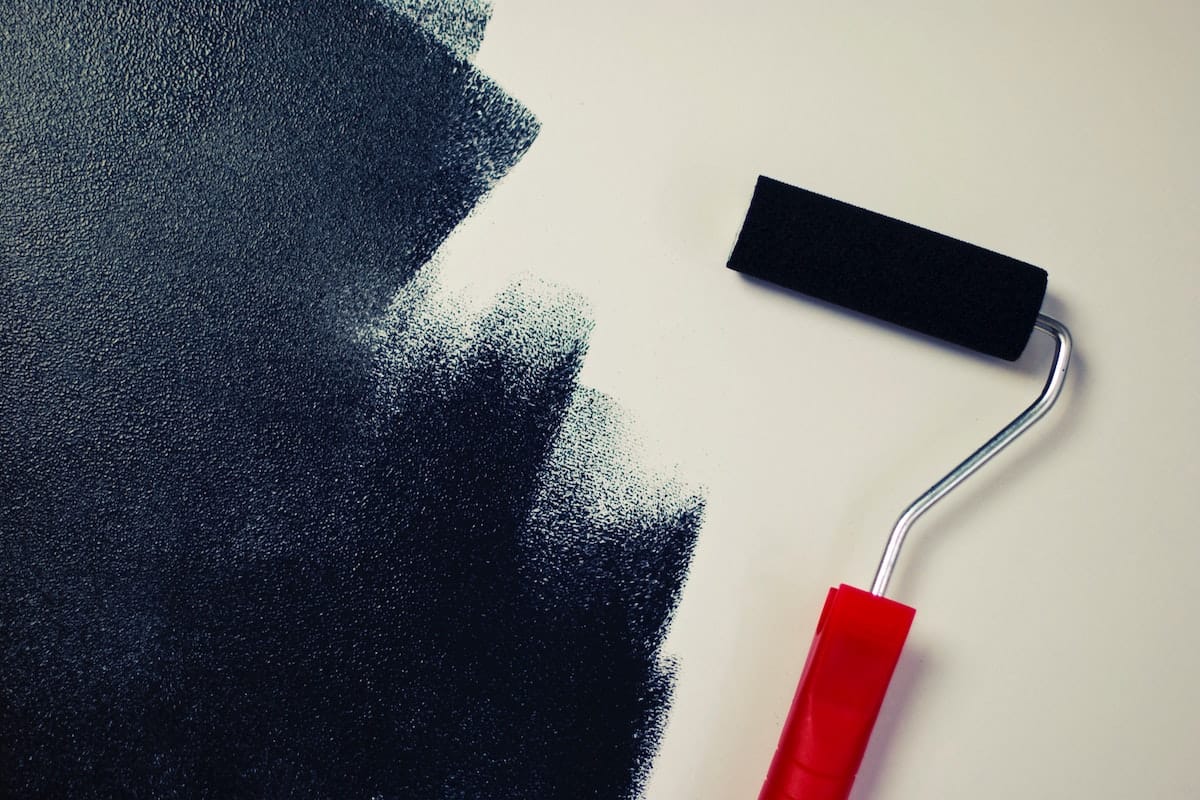
10 Best Austin Painters
-
Austin • DowntownSara Marie - Sonja, the owner, is a rock star of a painter and a great communicator.recommended by Lyr Caleb
-
Dagan Martinez-Vargas - Ed is a great guy! great passion!recommended by Rodney Brulloths
-
Circle Crecommended by Daniel Ouellette
-
Austin, TX • Downtownrecommended by Hillary Onesto, Jennifer Gardner McMorris
-
5. Tex Painting1212 Guadalupe St, Austin • Downtown2.6k karma
-
8711 Burnet Rd D43, Austin • North Shoal Creek2.5k karma
-
Round Rockrecommended by Daniel Ouellette
-
1413 Montopolis Dr, Austin • East Riverside2.0k karma
-
15625 Imperial Jade Dr, Wells Branch2.0k karma
-
Austin • Downtown1.6k karma
House Painter
A fresh coat of paint can boost curb appeal and protect your home from the elements. Depending on where you live, early summer or early fall, when temperatures are warm and less humid are the best times to paint both the exterior and interior of your home. Less moisture in the air means the paint will adhere better, and if the temperature is moderate (between 50-85 degrees), the paint will dry quicker. We’ve broken down the top questions to ask your house painter:
FAQ Top 5
1. How much does it cost to paint a house?
Plan to source 3-5 bids for your project and expect a wide range of estimates. For a 2,000 sqft home in Seattle, we found exterior estimates from $2,500 to $6,900 and interior estimates from $3,700 to $5,200. What is standard (e.g. paint materials, labor, and supplies) and optional add-on services (e.g. pressure washing and moving furniture) vary from company to company. What’s best is to decide on the job you want completed and compare bids “apples to apples”.
Here are a bunch of options to consider as you receive bids from house painters:
Exterior: The walls (duh!), pressure washing, shutters, front door, exterior siding, trim, priming, caulking, roof eaves, railings, and decks.
Interior: The walls, ceilings, crown molding, floor molding, wainscoting, decorative trim, doors, door jambs, window trim, and stairways.
Warranty: Most professional house painters offer a three to five-year warranty for their work.
Other: Moving furniture, landscape protection, drywall or siding repairs, daily clean up and project completion clean up.
2. How often should I have my house painted?
Where you live and the type of materials your home is built with are the big factors to determine when you need to paint your home’s exterior. Most house painters recommend painting every 10 years, however if you live in a place with hot summers and freezing winters, expect to repaint sooner. When to paint interior rooms may vary depending on how well your home manages steam, smoke, and kids with markers. In general, house painters recommend 7-10 years for interior walls and ceilings, but sooner for baseboards and trim.
3. Should you spray or roll paint?
Both will work for your house painting project. Spray is the fastest and better for exterior walls, where accuracy isn’t as big of a deal—and may save on labor costs. If you decide to go with a sprayer indoors, make sure your house painter does the required preparation to contain any messes along the way. Rollers are good for interior walls, where you need more attention to detail and have more trim work. Some house painters prefer spraying a primer coat and following up with rolling for a more finished look.
4. What type of paint should be used?
Water-based, latex paint dries faster (1-6 hours) than oil-based paint and it won’t blister, crack, or mildew. The flat finish of latex paint is also forgiving of any surface imperfections and cleans up with soap and water. Oil-based paints take more time to dry (8-24 hours), but the finish is glossier and smoother than latex paint. Oil-based paint requires a solvent (paint thinner) to clean up. It’s best to ask your Pro what they recommend and prefer to use your home’s location and building materials.
5. Does the brand matter?
Most house painters use either Benjamin Moore or Sherwin Williams paint. There is a long debate on which company has the best product, which we won’t get into here, but both are high quality and used widely by the top-rated house painters on Fresh Chalk. You can ask your house painter if they have a contractor discount (usually around 30%) with a specific brand, which can save you a few bucks. If your heart is set on a specific color, most paint stores will match colors from other brands so don’t let that stop you from getting that contractor discount.